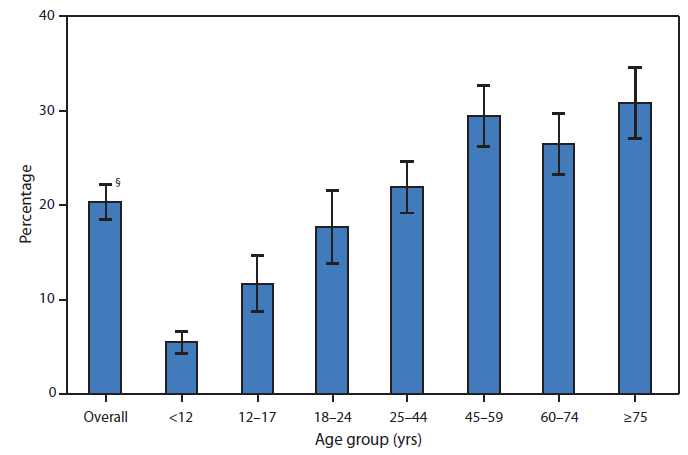Lisa Schlein
July 14, 2015 11:57 AM
GENEVA—
Hundreds of millions of people worldwide who suffer from mental disorders get little or no treatment, the World Health Organization reports. Its Mental Health Atlas 2014 finds that though mental illness constitutes 10 percent of the global health burden, it draws just 1 percent of the financial and human resources needed.
The Atlas provides the most comprehensive look to date at the global state of mental health. It contains data from 171 countries, representing 95 percent of the world’s population.
The report finds every country, region, age group and strata of society suffers significantly from mental disorders. Yet, it says the mental health field attracts very few nurses and other health care professionals and draws minimal spending.
A wide health-care gap separates poor and rich countries. The ratio of mental health care providers in low- and middle-income countries is one per 100,000 people compared to one per 2,000 in wealthy countries, the report said.
The financial gap also is broad. Poor countries spend less than $2 per capita each year on mental health, compared to more than $50 in high-income countries, according to the report.
Stigma interferes
Communities and countries do not pay enough attention to mental health problems because of stigma, Shekhar Saxena, director of WHO’s Department of Mental Health and Substance Abuse, told VOA. He said people shrink from speaking about their problems for fear of losing status in their societies or losing their jobs and relationships.
“There is a misconception that once a person is mentally ill … nothing much can be done about it, which is far from the truth,” Saxena said. “WHO’s documents have very clearly highlighted the fact that largely mental disorders are treatable. People can become all right – completely all right or partially all right – can go back to their job[s], can look after their normal roles and functioning in a very satisfactory way.”
Mental health disorders are continuing to increase, WHO said, with one in four people affected at some point over a lifetime. But three out of four people with severe disorders receive no treatment.
Serious consequences
Health systems’ inadequate responses are having serious consequences, it said, warning that depression will be the leading cause of disease burden by 2030.
Data from the Atlas show 900,000 people a year commit suicide, which also is the second most-common cause of death among young people.
The report also said people with mental health ailments suffer a wide range of human rights violations.
It’s much better to treat people with mental disorders in community-based settings than in institutions, WHO’s report said. Unfortunately, it noted the majority of spending – 82 percent – goes to mental hospitals, which serve a small proportion of those who need care.

